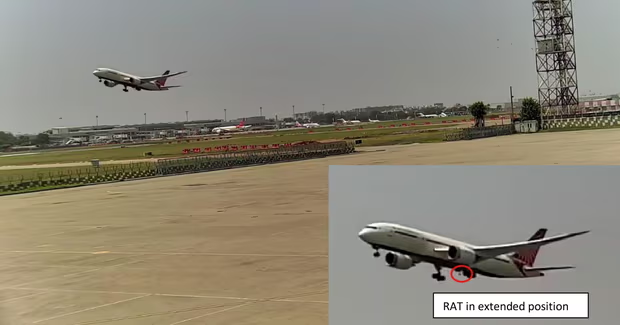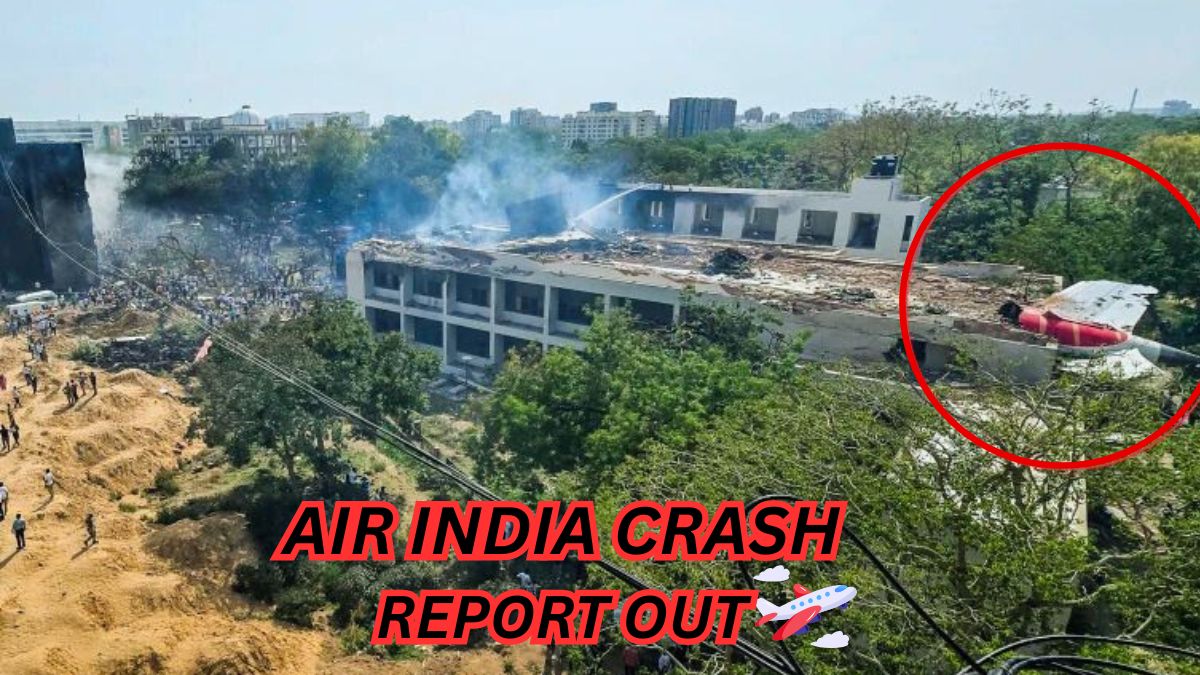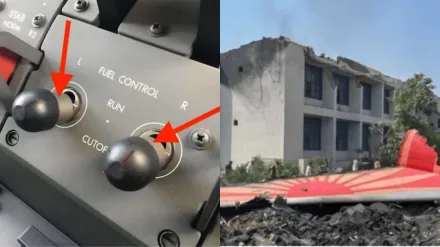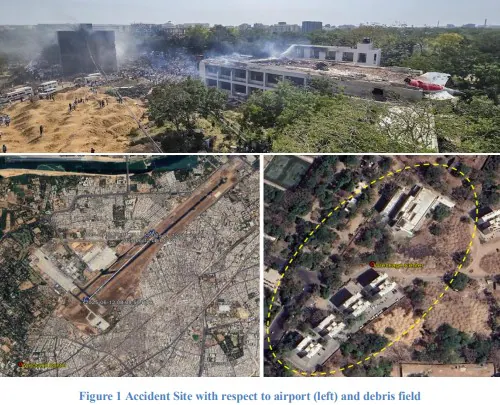Air India Crash Report Out: Pilots’ Brief Exchange, Engines Shut, Fuel Cut—No Conclusions Yet, Says Govt, The Air India Crash Report Out, now reveals chilling early details of the tragic incident that claimed lives and raised serious questions about flight safety. According to the preliminary findings released by the Air Accident Investigation Bureau (AAIB), both engines shut down and fuel supply was cut just moments before the crash. The cockpit voice recorder captured only a brief conversation between the pilots, leaving investigators with limited insight. Despite these critical clues, the Minister of State for Civil Aviation emphasized that it is still too early to draw conclusions. The final verdict on what truly doomed the flight remains uncertain.
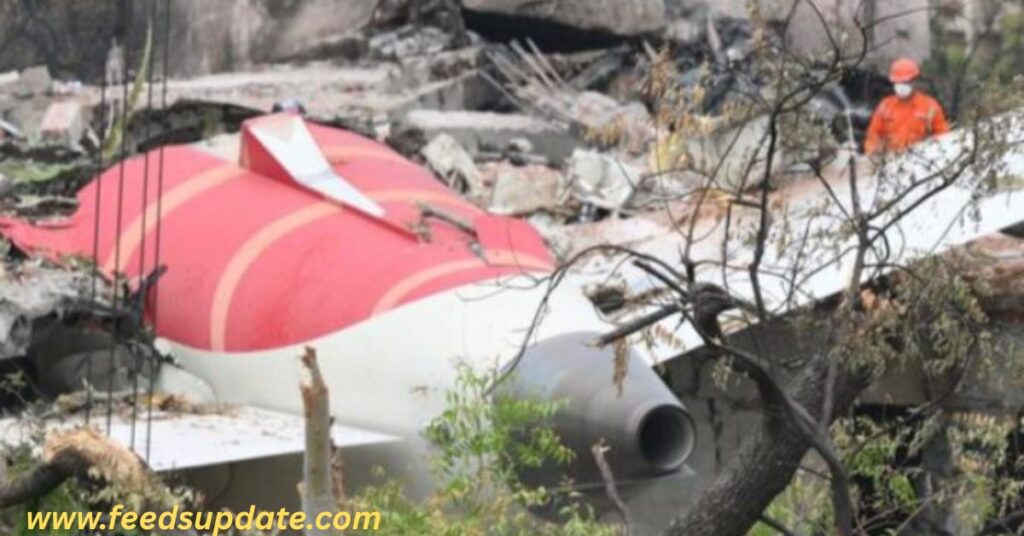
AAIB Flags Critical Possibilities, No Final Answers Yet, Says Union Minister
The Air India Crash Report Out, offering a preliminary look into the fatal July 10, 2025 flight to Ahmedabad. Released by the Aircraft Accident Investigation Bureau (AAIB), the report reveals engine shutdowns, fuel cut-off, and a brief pilot conversation just before the crash. However, Union Minister Murlidhar Mohol has clarified that while the report raises critical possibilities, it provides no definitive conclusions. The investigation is ongoing, with key questions still unanswered.
What Went Wrong on July 10?
The Air India Crash Report Out, revealing early findings from the tragic flight that crashed on July 10, 2025, en route to Ahmedabad. According to the AAIB’s preliminary report, both engines failed mid-air and the fuel supply was cut off—just moments before impact. The cockpit voice recorder captured only a brief pilot exchange, offering limited insight.
While the cause remains unclear, Union Minister Murlidhar Mohol stated that the report points to multiple possibilities but draws no final conclusions. The investigation continues as the nation seeks answers.
Why Did He Cut Off?’ — Air India Crash Report Out, Key Findings Raise Tough Questions
With the Air India Crash Report out, investigators are beginning to piece together the final, harrowing moments of Flight 171, which crashed en route to Ahmedabad on July 10, 2025. The preliminary report by the Aircraft Accident Investigation Bureau (AAIB) uncovers that both engines had shut down and the fuel supply was intentionally cut, sparking a wave of concern. Even more puzzling, the cockpit voice recorder captured only a brief and unclear communication between the pilots, including a moment now under scrutiny: “Why did he cut off?”—a cryptic line that may hold vital clues. While the report lays out critical possibilities, no final conclusions have been drawn, as confirmed by Union Minister Murlidhar Mohol. The mystery deepens, and the search for answers continues.
Air India Crash Probe Report Out: Lens on ‘Fuel-Cut Off’ Switches
It is very rare — almost vanishingly rare — for a twin-engine aircraft like the Boeing 787 to suffer a simultaneous double engine failure…-James Healy-Pratt, Aviation Partner – Keystone Law, in conversation with… pic.twitter.com/wKU6rVcjw6
— TIMES NOW (@TimesNow) July 12, 2025
Mayday Call, Conflicting Thrust Data Raise New Alarms
With the Air India Crash Report out, new and conflicting details are emerging from the tragic crash of Flight 171. According to the AAIB’s preliminary findings, the aircraft was cleared for takeoff at 8:07 AM (UTC) on July 10, but just two minutes later, at 8:09 AM, a chilling “Mayday, Mayday, Mayday” distress call was transmitted by one of the pilots. After that, there was no further response from the cockpit. The report also highlights a serious technical inconsistency: while the thrust levers were found near idle after the crash, flight recorder data showed they were at takeoff thrust until the moment of impact. This contradiction adds to the growing list of questions investigators must now resolve.
